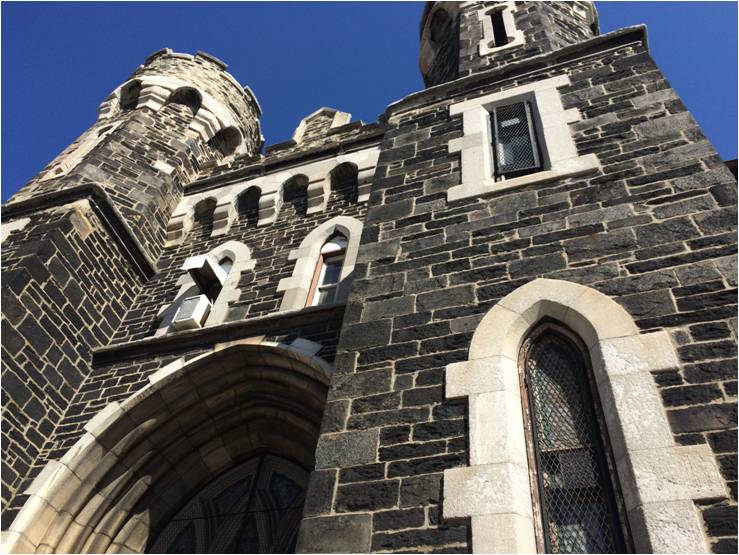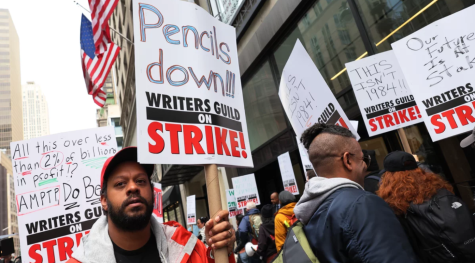History of Crime within the Walls: Baltimore City Detention Center Closing
An escape, a riot, a circus of police corruption, and reportedly inhumane living conditions was finally enough to persuade the Baltimore City Detention Center to shut its doors.
Governor Larry Hogan announced the immediate closure of the Detention Center on Thursday, July 30, following a recent lawsuit by the Public Justice Center. Legal Director Deb Gardner reported deplorable conditions, describing a “vermin infestation” of “rats, roaches, mice, black flies, black mold.”
“It’s inhuman. It’s insufferable,” recounted Gardner. The Detention Center is without air-conditioning, she reported, and often goes without electricity and plumbing for days.
The numerous hazards to the health and safety of the prisoners throughout the years of the Detention Center’s establishment have influenced its imminent closure.
In 1949, an inmate rightfully nick-named “Tunnel” Joe Holmes dug a 26 feet deep, 70 feet long hole from beneath his cot to a grassy section by East Eager and Forest Street. Although a petty robbery sent him back to the then-Maryland Penitentiary a few weeks later, his escape was featured on the front pages of numerous newspapers, including The Baltimore Sun. The Sun’s story included a detailed diagram of Holmes’ tunnel and was quickly banned from the Penitentiary for fear that others would attempt to copy the getaway.
This first incident was only a slight indication of the corruption and conflict that was to occur years later within the prison walls.
In September, 1971 a prisoner’s scuffle with an officer led to a riot in the maximum-security section of the jail. Inmates broke the hinges of their cells and unleashed violence for 1 hour and 15 minutes before 75 riot-equipped policemen were finally able to quell the uprising with tear gas. The episode resulted in the transfer of the Detention Center from city to state control in 1991.
The final incident that led to the Center’s closure was the discovery of mass corruption among the correctional officers. The gang known as the Black Guerilla Family had a notoriously strong hold on the police force within the prison for a number of years, resulting in the manipulation of young corrections officers. Many were used to smuggle drugs, phones, and other contraband into the Detention Center, leading to the reinforcement of gang activity within the prison. The gang’s power over the police was revealed through the impregnation of four correctional officers within the prison.
Although the information about the corruption first became public in 2013, it took more than two years for any definitive decision to be made in order to put an end to the power imbalance.
“Ignoring it was irresponsible,” stated Hogan on July 30, 2015, “and one of the biggest failures in leadership in Maryland history.”
Sources consulted:
http://america.aljazeera.com/watch/shows/america-tonight/articles/2015/4/23/baltimore-jail-gang.html
http://articles.baltimoresun.com/1997-03-09/features/1997068134_1_cell-holmes-dig
http://www.npr.org/sections/thetwo-way/2015/07/30/427797118/md-governor-will-reportedly-close-baltimore-jail-in-corruption-scandal
http://www.timesfreepress.com/news/national/us/story/2015/jul/31/closing-baltimore-detenticenter-marks-milesto/317505/
















